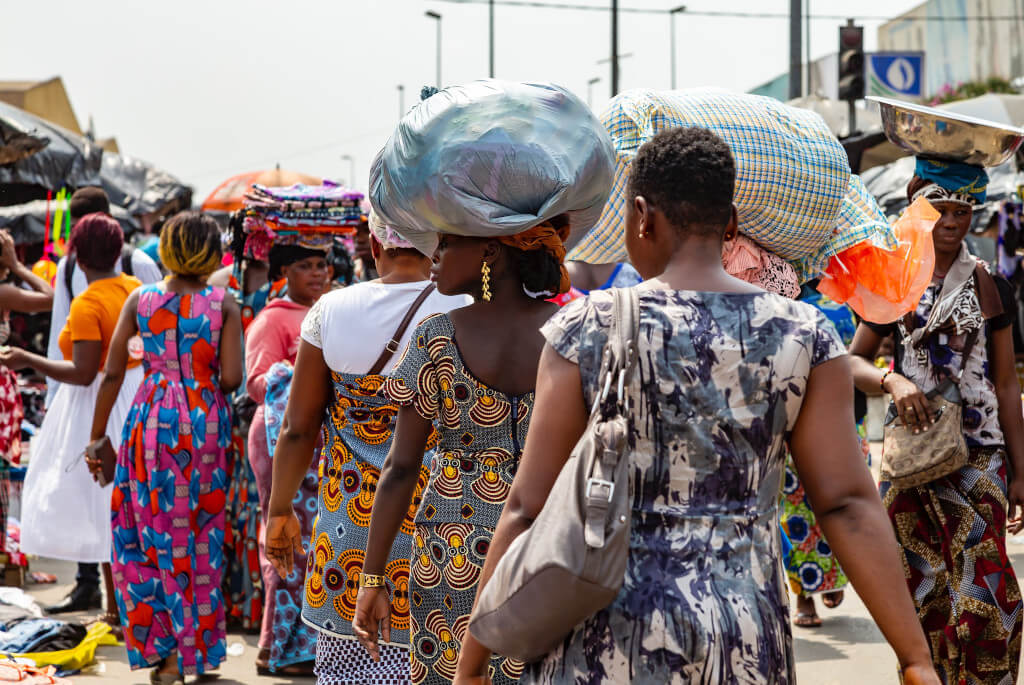The Hazardous Working Conditions of Street Vendors In Johannesburg
In urban areas, you’ll frequently come across unlicensed street vendors. They sell goods or offer services on a city street, in a competitive marketplace, or other public areas. These individuals are also referred to as street vendors. Food can typically be purchased from these vendors located near workplaces, academic institutions, and major transit hubs.
It is a generally accepted fact that the environment in which you work can affect your health. According to projections made in South Africa’s National Development Plan, the country’s informal economy is expected to add between 1 and 2 million jobs by the year 2030. For this reason, researchers need to investigate how the workplace environments in the industry affect the health of workers.
Unofficial Street Vendors Constitute One of the Most Economically Disadvantaged Segments of the Population
Because of the conditions in which they work, they are also more likely to suffer from poor health. Outdoor air pollution comes from a variety of sources, and vendors are constantly subjected to its effects. These include pollution from traffic or cars, roads that haven’t been paved, building sites, industrial activities, stall spaces that aren’t well-ventilated or are too small, and biomass fuel from cooking over open fires or with gas. The inhalation of these pollutants has the potential to result in illness and even death.
In the most recent study that we conducted, we wanted to investigate the impact that polluted air and workplace conditions have on the respiratory health of people who sell their wares on the streets of Johannesburg, South Africa. We discovered that the infrastructure necessary to safeguard the vendors against potential threats to their physical and mental health was lacking. In addition to this, they did not have adequate training in health and safety. Those who worked outside as vendors were the most susceptible to getting sick due to poor air quality. Particularly at risk were those vendors who also prepared the food they sold.
The effects of pollution can put additional stress on medical systems that are already operating at near capacity. As a result, it is in the best interest of the government to lessen the impact by putting in place adequate facilities at vendor markets, such as drinkable water points and efficient waste disposal services, and by monitoring air quality.
This Particular Study
Our research was carried out in the southern part of Johannesburg, among a total of one hundred informal vendors. To begin, we carried out an environmental and health walk-through survey to determine whether or not there were any potential threats to health and safety at the seller marketplaces or stalls. After that, we conducted interviews with the vendors and asked them questions about their well-being and work-related information, such as the amount of time they worked, the wearing of masks, and the procedures for maintaining good hand hygiene.
We decided to have vendors set up shop in a variety of settings, including a confined market and along the roadside. Sixty-six percent of the participating vendors were selling their wares outside, while thirty-four percent were doing so inside.
The commercial or controlled market that housed the food vendors indoors was among the largest in the country. Their booths were outfitted with kitchenettes and sinks for washing hands for their convenience.
What We Discovered
According to the results of this survey, female vendors accounted for 63% of the total. There was 4% of vendors were at least 55 years old.
The vast bulk of the vendors (69%) were employed at stalls that cooked food, the majority of which were powered by gas or electricity. Only 13% of the booths appeared to have noticeable smoke, and there was little foot traffic in the places where they worked. The majority, or 63%, worked near significant sources of air pollution emitters, such as manufacturing and construction activities. More than half of the stalls had either dust or dirt on them, and none of them had a waste basket. Only 1 in every 12 of the sellers was a smoker.
At the time of the study, no one mentioned having a condition that affected their lower respiratory system. Only 35 percent of the vendors reported that they had experienced a chest illness within the previous three years that had prevented them from engaging in their regular activities for at least a week. Twenty-five percent of the participants reported having a cough in the previous year, and fifteen percent said they had dragged up phlegm throughout the day or night in the winter. Three-fifths of the participants reported experiencing upper respiratory symptoms such as a throat infection and congestion in their nasal passages.
A sore throat and nasal congestion were reported by only 5% of the vendors who did not cook. In comparison, 29% of those who sold cooking supplies said they had experienced nasal congestion, and 30% said they had experienced sore throats. 36 percent of the vendors reported having occasional irritation in the areas of the eyes, nose, and throat while they were preparing the food.
According to the study that analyzed the duration of exposure, nearly 73 percent of the vendors worked longer than the eight hours per day that is recommended. However, even air pollution exposure for a relatively short period has been linked to adverse effects on health.
Sixty-six percent of the vendors who took part in the survey said they had received training on issues relating to health, hygiene, and safety. However, there was only one session of this training, which is something that should be taken into consideration when making decisions regarding personal health and safety. The majority of the vendors did wear masks during the COVID-19 lockdowns; however, they did not always wear the type of mask that was intended for roadside exposure, nor did they always wear it correctly. Although most of the vendors had access to running water, only thirty percent of them maintained proper hand hygiene at all times.
What Has to Be Done
Outdoor vendors run the risk of being exposed to air pollution and developing respiratory health problems, according to the findings of several studies that have been conducted all over the world. It has been determined that the group of vendors engaged in cooking is the one that is most susceptible to and vulnerable to the dangers related to air quality.
Work-related injuries and diseases have been the subject of a large number of studies that have been conducted and published on a global scale. However, the evidence hasn’t always been followed through within the shape of policies and programs that aim to avoid and regulate ill health.
The exceptions to this rule are the mining and construction industries, both of which have seen improvements in worker health and safety as a result of occupational legislation and policies. This level of growth is required for industries that are not subject to regulation, such as informal vending.
When planning a city, it is crucial to take into consideration the neighboring industrial activities when determining where to locate commercial districts. It is the responsibility of organizations within civil society and the government to investigate the health and security of vendors overall.
Especially for those who sell their wares along the side of the road, there is a demand for facilities and civic amenities such as garbage pickup, water supply, and shelter.
It’s been proved that the likelihood of women experiencing adverse effects on their reproductive health is increased when they make frequent use of biomass fuels and are exposed to air pollution emitted by traffic. It is important for projects to take into account the fact that women make up the majority of the unofficial trading sector. Because they play such an important role in the distribution of food, the workstations of food vendors need to be kept in a sanitary condition.

